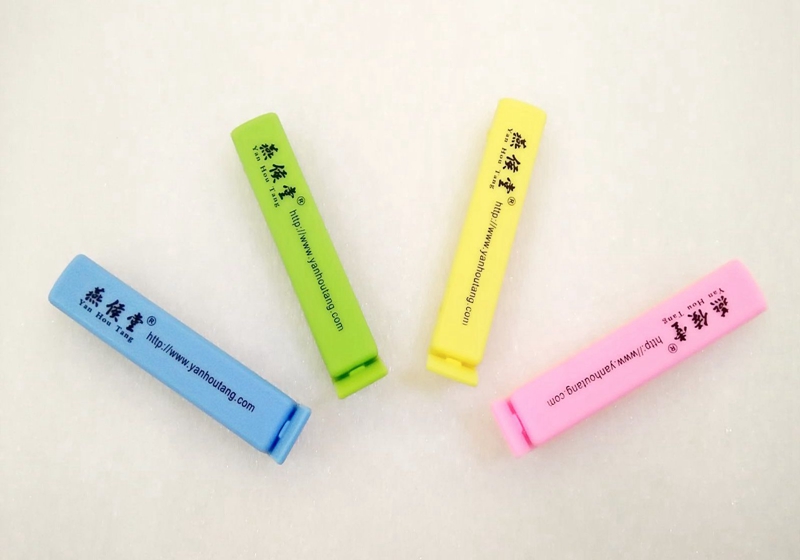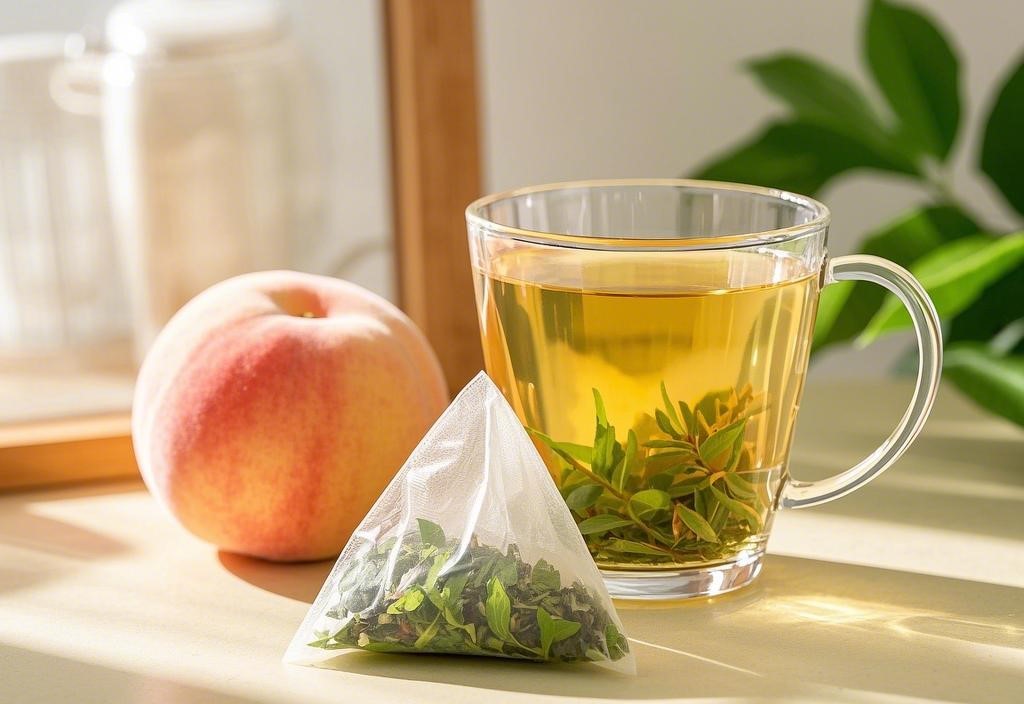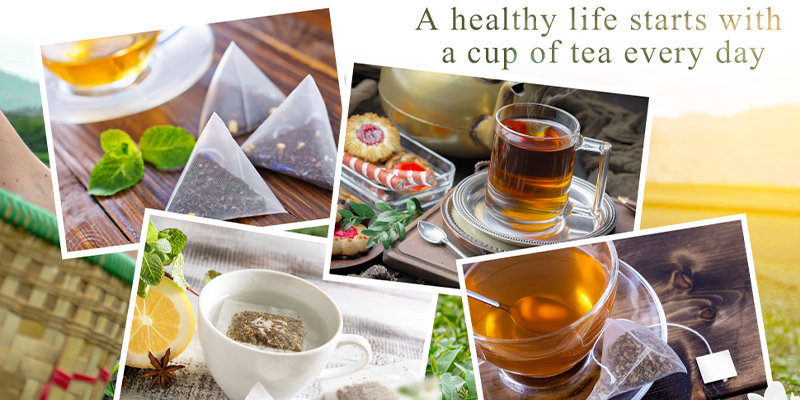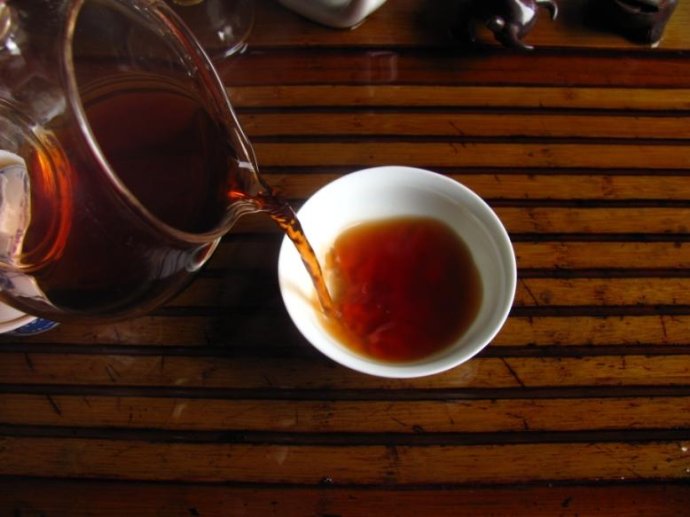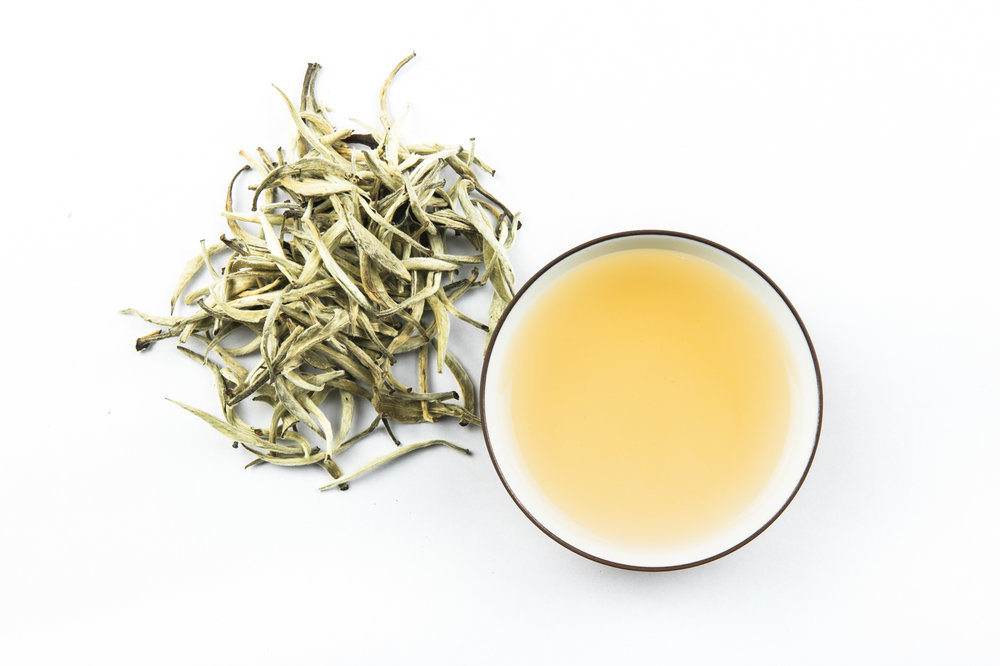How to keep the open seal tea package by clips

Using sealing clips keep your teas dry and away from excess moisture.
I’ve noticed that the teas in the tins have lost quite a bit of their dry aroma and some flavor when brewed. Also, the dry aroma of the lighter teas (greens and unroasted oolongs) seem to be taking on the scents of some of the stronger high-roast oolongs. The teas stored in foil Ziploc bags seem to keep their scents and flavors much better
Make sure the tea keep sealable >>>
Always keep your tea sealed in an airtight container that blocks out all light. Glass jars are not acceptable for tea storage because sunlight over time damages the leaves. Keep the tea in a dark and cool place, like a shelf or drawer out of the sunlight. Sunlight will create heat, subtly changing your teas’ flavor.
Choose the sealing clips to store tea >>>
Select proper plastic clips size for tea: 3 sizes include large size sealing clips, 7cm/2.8in, 9cm/3.6in, 11cm/4.4in.
Stay Fresh Bag Sealer Sticks; sealer sticks are high quality, durable, heavy-duty plastic designed for ease of use in sealing your everyday food products, keeping them fresh for longer than traditional bag clips.
Keep the tea away from air >>>
Sealing clips are those chunky, oversized clips that are made just for the tops of tea bags. They clamp together in order to keep air from filling the bag and making your t go tea stale. Just remember to press all the air out of the bag first, and then fold the top of the bag down to just above the tea before putting the clip on the bag. A couple of frugal alternatives are to use wooden or plastic clothespins or to secure the bag closed with a large paperclip — although those items usually don’t grip as strongly as tea clips do.
These handy clips will do the trick very well and allow you to seal the bag as close to your precious as leaves to remove as much air as possible. This is the best way to preserve your tea’s flavors and aromas while you drink away at it. Put clips to good use on any other bag you wish to seal.
Storage of White tea, Black tea, Dark Oolong tea >>>
While green tea has a definite shelf life, white tea, black tea, and darker oolongs like Big Red Robe and Dancong can be kept for a much longer period of time. Because shelf life is not as much of an issue, you just need to keep well sealed.
Unlike Puerh teas, black teas, white teas, and darker oolong teas do not need or want an excessive amount of air flow.
Aged Anxi oolong teas do need not to be completely sealed from the air; storage in a jar with a piece of cloth underneath the lid usually works well. Most black teas and white teas, however, should be protected from sitting out in the air and the open.
In general, if your tea arrived in resealable bags with food-safe linings, keep using these bags and keep your tea sealed between uses.
Storage of Aged Pu-Erh tea >>>
Puer (and other post-fermented teas) are not typically shielded from moisture, rather a controlled level of moisture is employed to influence the aging during storage. In this case, over time, the tea leaves undergo a combination of fermentation and oxidation.
- Do not store puer tea in air-tight containers.
- Keep puer away from smells.
- Keep a relatively stable humidity.
- Put Puerh inside a big paper or wood box and take in a closet for a year or more.
- For long-term storage, it is best to leave your Pu’er cakes in cake form.
There are a lot of Pu-erh fanatics out there that might try to convince you that Pu’er storage is a matter of life and death. Well… it isn’t. Pu’er was an accidental discovery to start with- cakes of green tea that fermented under the heat and moisture of mule and camel packs on long journeys. One degree of temperature variation or humidity difference is not going to hurt your tea.
Noted a date in your tea>>>
You can find out for yourself if you like black teas better after eight months to a year if you write down your impressions and keep your notes with the tea for later comparison!
Teas that are less oxidized (greens, yellows, and whites) degrade more quickly than tea that is more oxidized (oolongs and blacks).
The more broken the leaves are, in other words, the higher the surface area in contact with air, the faster the leaves will deteriorate.

